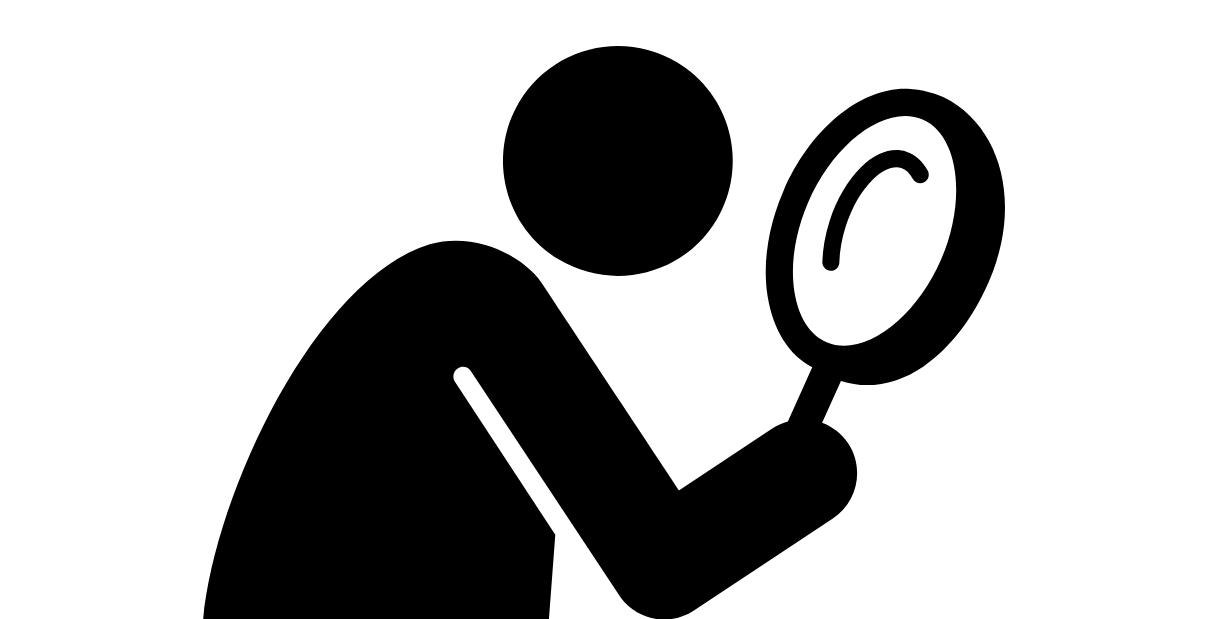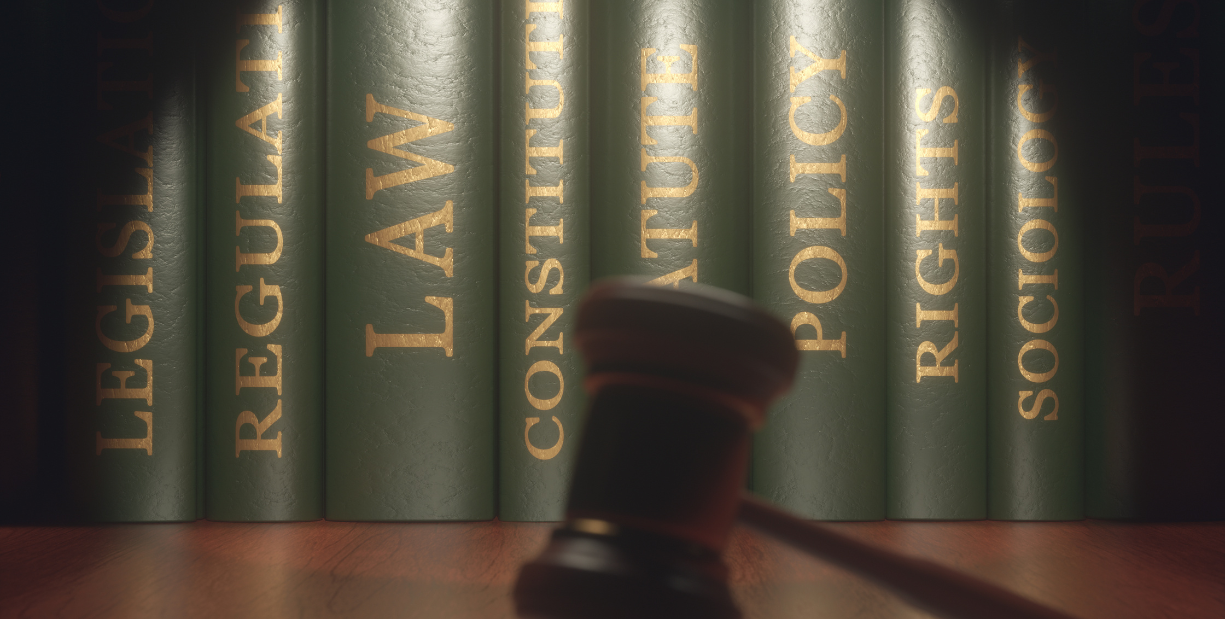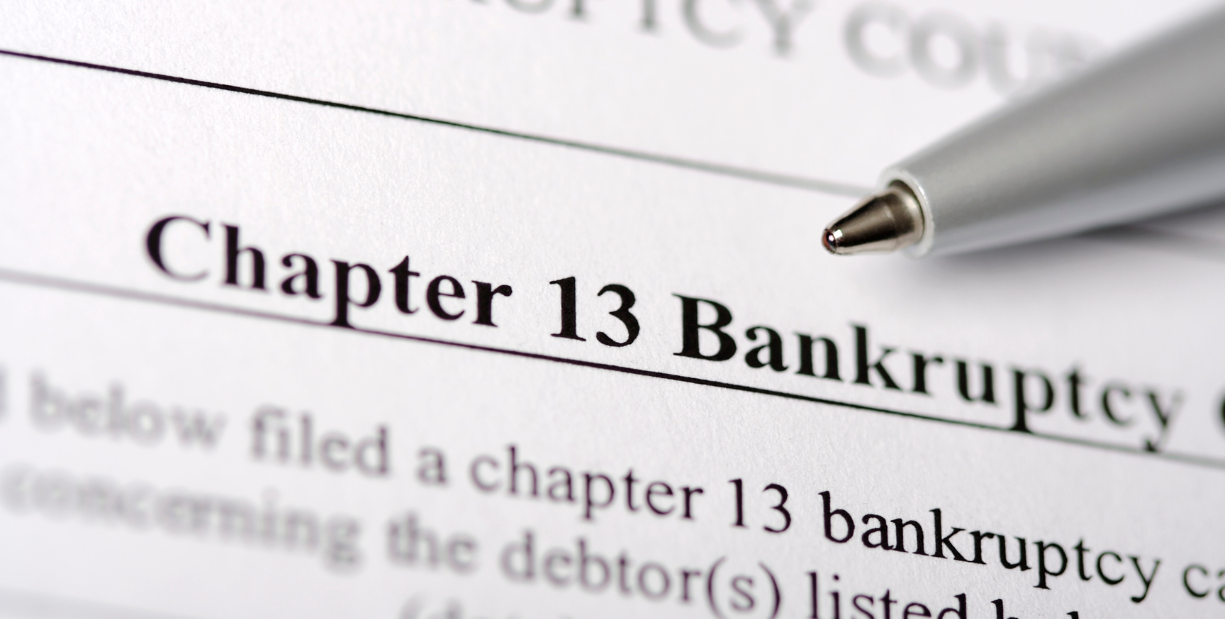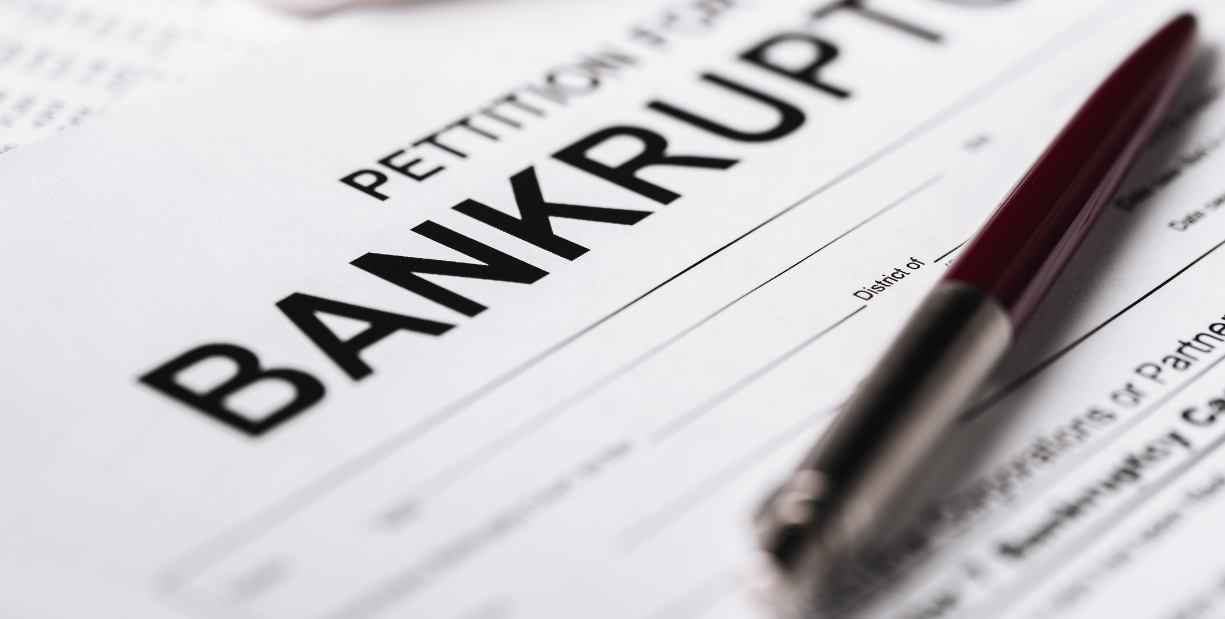How to File for Chapter 7 Bankruptcy: A Complete Guide to Debt Relief
How to File for Chapter 7 Bankruptcy

At J. Singer Law Group, we’re here to guide you through the Chapter 7 bankruptcy process. In this article, we’ll explain what Chapter 7 bankruptcy is, who qualifies, and how to file step by step.
What is Chapter 7 Bankruptcy?
Understanding Chapter 7 Bankruptcy
Chapter 7 bankruptcy, often called “liquidation bankruptcy,” allows individuals to eliminate unsecured debts, such as credit card bills, medical expenses, and personal loans. While some non-exempt assets may be sold to repay creditors, many filers can protect essential property using state or federal exemptions.Benefits of Filing for Chapter 7
- Immediate Debt Relief: Most unsecured debts are discharged within a few months.
- Automatic Stay Protection: Stops wage garnishments, collection calls, and lawsuits immediately upon filing.
- No Repayment Plan: Unlike Chapter 13, there’s no need to make monthly payments to creditors.
Who Can File for Chapter 7 Bankruptcy?
Eligibility Requirements
To file for Chapter 7 bankruptcy, you must meet specific requirements:The Means Test The means test determines if your income qualifies for Chapter 7. If your income is below the median for your household size in your state, you typically qualify. If it’s above, further calculations are required to assess your eligibility.
Income and Asset Considerations While Chapter 7 is designed for individuals with limited income, owning assets doesn’t necessarily disqualify you. Exemptions can protect essential property, such as your home, car, and personal belongings.
Common Reasons for Filing
- Overwhelming Credit Card Debt: High-interest rates make repayment nearly impossible.
- Medical Bills: Unexpected healthcare costs can lead to significant financial strain.
- Job Loss or Reduced Income: A sudden change in income can make it hard to stay afloat.











